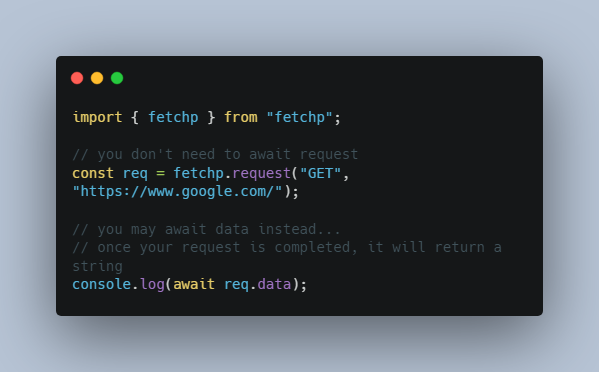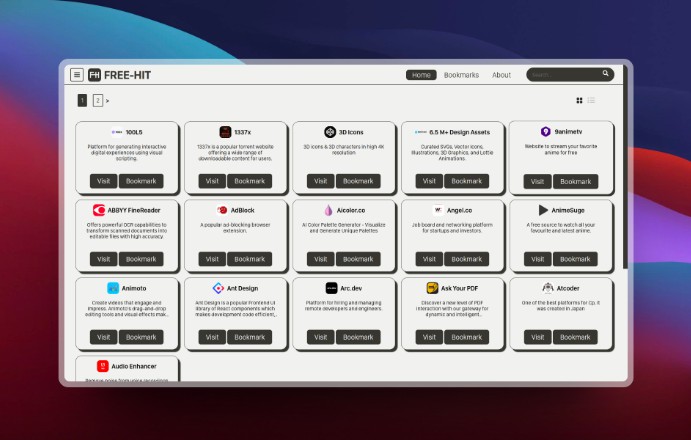Frolics
What Is Frolics ?
Frolics is an offline, lightweight, full-text search library for Frontend applications.
Frolics is inspired by Elasticsearch and Lucence, the underlying implementation includes text-processing algorithms and data structure such as tokenization, stemming and inverted index.
When a docs is provided, Frolics creates an inveted index data accordingly, which is widely used in major full-text search services such as Elasticsearch and Google Search.
From now on, you can omit onerous installation process to carry out a full-text search, and even better, you may no longer need a backend to develop such feature.
Frolics is here to help!
Installation
Before installing frolics, please make sure your Node version is compatible. Node v12+ is OK but Node v16 is recommended.
However, Node v17+ had a compatibility issue when I was testing Frolics in ReactJS. But Node v16 was working well.
Once done. Run npm install frolics in terminal.
Usage
Document Preparing
Before importing, a raw data is required. It should look like this:
const docs = [
{
id: 1,
body: 'this is a test full text'
},
{
id: 2,
body: 'can you can a can as a canner who can can a can',
},
];
Keep in mind that an unique id and a text content body fields are required as id distinguishes each document and body is the content Frolics needs to analyze and classify text data for searching.
Customized Fields
In additioal to id and body as required fields, you can have multiple ones for different features. For example, if you want a preview image when searching, you can alter docs like this:
const docs = [
{
id: 1,
body: 'this is a test full text',
// imagesURL field is totally optional, you can have different name and data structure
imagesURL: 'https://yourImage.com/img1.png',
},
{
id: 2,
body: 'can you can a can as a canner who can can a can',
},
];
Hand-on Example
After defining docs, we are all set. Next step is to use Frolics.
Frolics supports ES6 syntax, therefore you can import like this:
import createDTM from 'frolics';
import { docs } from "../assets/document.js" // Don't forget the raw data
Now you can call createDTM like this:
const DTM = createDTM(docs);
The createDTM is the main function that takes docs and creates an inverted index dictionary.
For the detailed example, please visit the example folder.
Cache
What createDTM function returns is an inverted index dictionary. It can be converted to human-readable JSON format with simple JavaScript built-in function JSON.stringify method.
You can choose any file reading method based on your frameworks and load the JSON file, if exists, before calling createDTM function.





